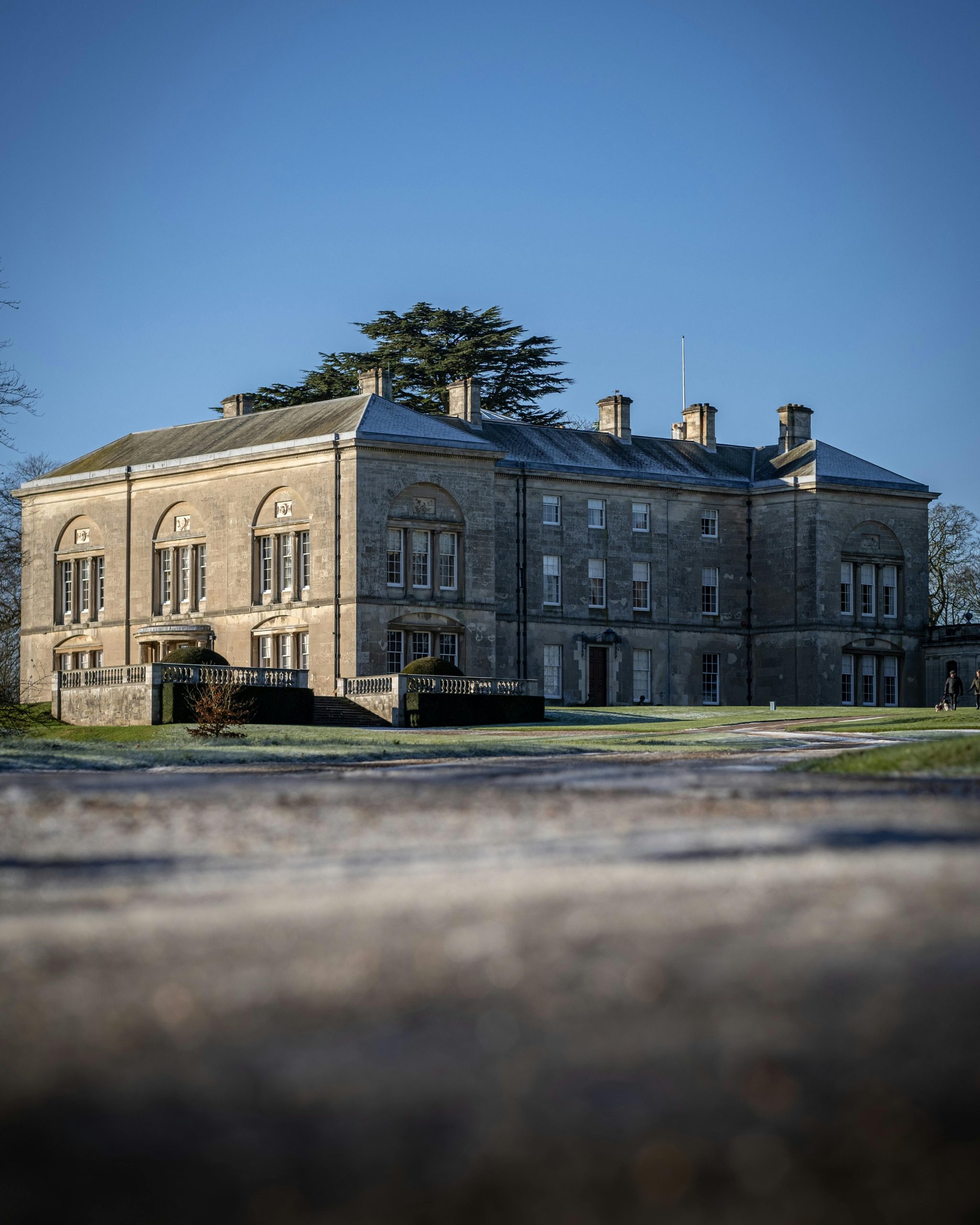The Lawn Dilemma: Uncovering the Hidden Agenda of Big Grass
The phenomenon of meticulously manicured lawns has deep historical roots, tracing back to the post-war boom of the 1950s when the American suburb emerged as a symbol of prosperity and the “American Dream.” However, there’s a question that lingers: was this cultural shift simply a byproduct of societal aspirations, or was it orchestrated by powerful interests?
Introducing Big Grass—a coalition of lawn care corporations, pesticide manufacturers, fertilizer magnates, and gas-powered mower enterprises. Together, they crafted the idyllic image of suburban life: the white picket fence, the two-car garage, and, of course, the pristine green lawn. But the motivation behind this vision extends beyond aesthetics; it is deeply rooted in profitability.
Consider the environmental impacts: millions of gallons of water are consumed annually to maintain these perfect lawns, benefiting privatized utilities eager for profit. The yearly cycles of fertilizers and weed killers generate recurring revenues for the chemical industry. Moreover, these lawns offer little in terms of ecological value—no food for local wildlife, no support for thriving ecosystems. The markets for lawn care products and equipment remain unwaveringly robust, continuously feeding the cycle of consumption.
The implications of the lawn go further; it acts as a social control mechanism. A property owner with a less-than-perfect lawn might be perceived as negligent or even un-American. Homeowners’ Associations (HOAs) often impose fines and regulations that are less about community standards and more about maintaining the status quo dictated by the Lawn Industrial Complex.
In this manicured landscape, native plants—vital for promoting biodiversity—are often labeled as invasive weeds. The narrative continues to resonate: “Mow… fertilize… water…” These messages aren’t just habit; they echo the interests of those invested in maintaining this artificial norm.
Now is the time to break free from this paradigm. Rip up the sod and introduce native plants and wildflowers that nurture the environment rather than deplete it. Resist the lure of Big Grass and embrace a more authentic, sustainable approach to landscaping.
In a world increasingly focused on climate change and environmental conservation, one might wonder why the pursuit of the perfect lawn remains largely unchallenged.
Let’s consider the facts:
- Lawns consume extensive amounts of water, posing significant risks in drought-prone regions.
- The reliance on fertilizers, herbicides, and pesticides contributes to waterway pollution and threatens wildlife.
- Traditional lawns



